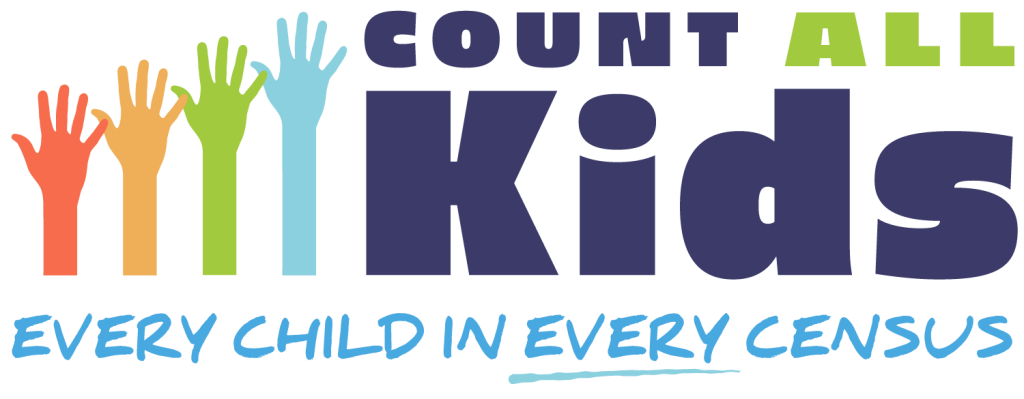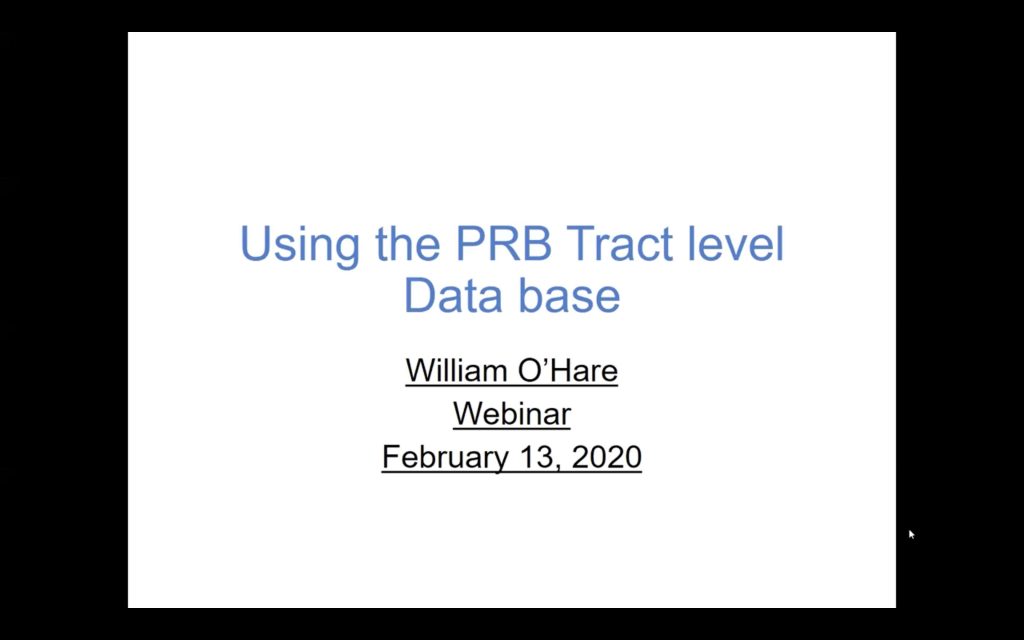This webinar will help census advocates target their efforts for counting all children in the 2020 Census by identifying neighborhoods with highest risk of young children being missed.
Because young children are often left off the census forms when adults fill them out, census outreach efforts need to have specific strategies for counting children under age 5. The first step is identifying which areas in your community have the highest risk of undercounting young children.
The Population Reference Bureau (PRB), together with Dr. William P. O’Hare, have developed a database that identifies the census tracts where census outreach efforts for counting young children are most needed. The database shows the risk of undercounting young children across census tracts in the 689 counties with at least 5,000 children under age 5 in the 2010 Census.
These data have been incorporated into the Census 2020 Hard to Count Mapping application developed by the CUNY Mapping Service.
This webinar will explain the reasons why these data are important, review the methodology and how to access the database, and demonstrate how to use the Hard to Count Map to get the information you need for your community. For each census tract, you will also be able to view data on the factors that put children at risk of being missed, which should help you refine your outreach efforts.









